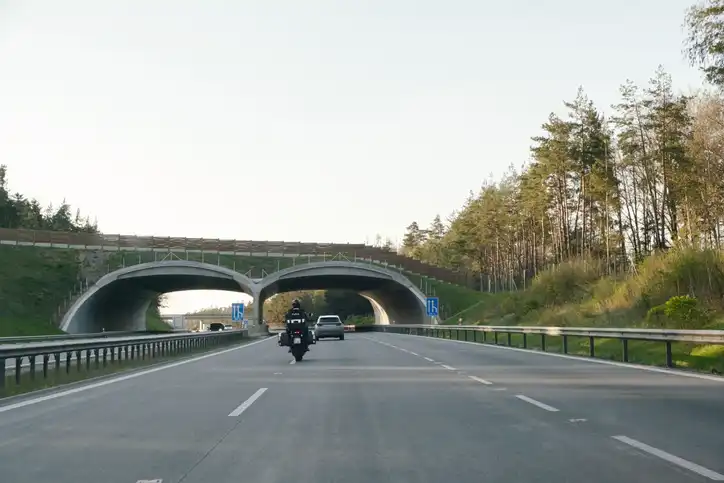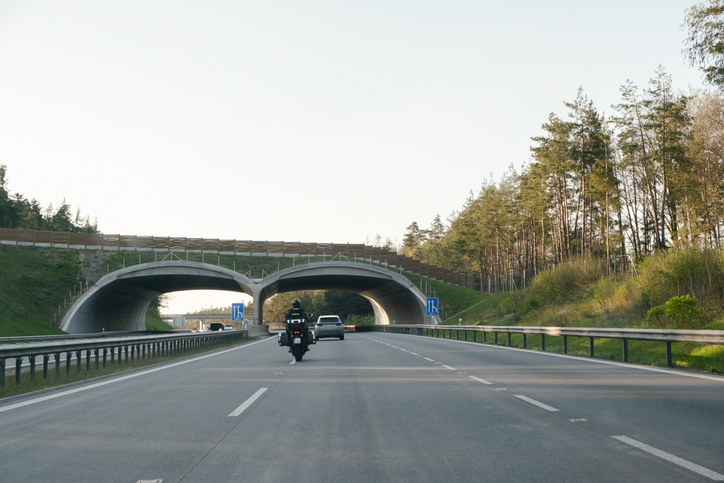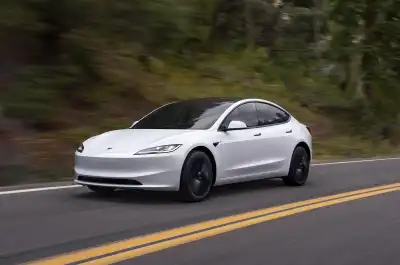
Drivers in the Czech Republic are about to get the green light to legally hit 93mph (150km/h) on part of the motorway, making it the first EU country to trial such a high limit.
The test will run on a 31-mile stretch of the D3 motorway between Tábor and České Budějovice, starting in October. But before you picture an Autobahn-style free for all, there’s a catch: the higher limit will only apply when conditions are perfect. That means dry roads, good visibility, no roadworks, and light traffic. If things aren’t ideal, the limit drops back to 81mph (130km/h), the same as most of Europe.
To manage it, 42 electronic gantries similar to the UK’s smart motorway signs will control the speed in real time. The system will cost around £2 million, and the government says it’s all about testing whether faster travel can actually cut journey times without causing more accidents.
Not everyone’s convinced. While many Czech drivers are buzzing about the change, road safety experts warn that higher limits could be risky for less experienced drivers. And with Austria and the Netherlands recently lowering their motorway speeds to cut emissions, some see this as a step in the opposite direction.
Still, if the trial goes well, the Czech Republic could roll out 150km/h limits on more motorways in the future. If not, it’s back to 130km/h as standard.
The last time Czech motorway limits were raised was way back in 1997, when they went from 75mph to today’s 81mph.
And while we’re on the topic of speed, Germany’s Autobahn still reigns supreme. Earlier this summer, police clocked a driver at a jaw dropping 200mph on the A2 near Berlin. Unsurprisingly, they didn’t get away with it: a €900 fine, a three-month ban, and licence points later, they might think twice next time.



